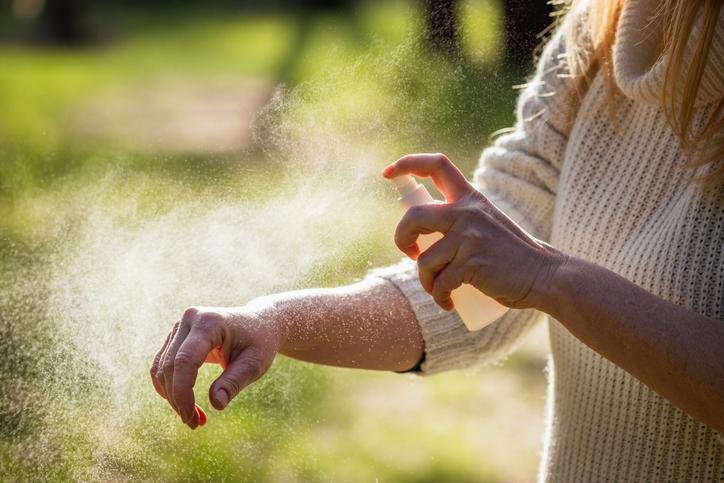23 марта 2022
Examining Your Moles: When Should You Be Concerned?


23 марта 2022
Examining Your Moles: When Should You Be Concerned?
## You should seek urgent medical care if:
__A mole has changed in color, size, or shape__
It is recommended to take photos of all moles on your body. It is essential to keep the lighting, angles, and scale the same on all the photos to enable comparison. You can also use a ruler or a tape measure to show scale.
__A mole starts to hurt__
If the mole is hurting or itching ===and you feel it, you should show it to a medical professional.
__You have discharge from the mole__
Drops of blood, lymphatic liquid, or any other substances on the surface should prompt a visit to a dermatologist.
__The mole became patchy__
Bumps, color inclusions, uneven shape of a previously smooth mole, or smoothing out of a bumpy mole are dangerous symptoms.
__New moles have appeared__
New moles can develop in children, which is quite normal. However, new moles in adults can be a dangerous symptom, so it is important to show them to a dermatologist.
__The mole was damaged__
If you have damaged the mole in any way, such as cutting, burning, or rubbing it, you should visit a doctor and have follow-up appointments in 3 months and 6 months.
__It is recommended to visit a dermatologist every 6 months if you have:__
- Numerous moles
- Light skin which is easily burned
- Cases of melanoma in your family
- Moles that are larger than 6 mm wide
- Atypical moles
- Moles that can be easily damaged (for example, near the bra strap or a belt)
- You have freckled skin (it is very easy to mistake moles for freckles, while pigmentation makes controlling the size of the moles more complicated)
In any case, you should visit a dermatologist once a year for a check-up.
## Here are 5 recommendations that you should follow, even if you are not in a risk group:
- Avoid tanning salons. The radiation in the tanning bed is several times more dangerous than the natural sun
- Don't leave your house without sunscreen.
- Reapply your sunscreen every two hours.
- When at the beach, remember that your clothes protect you from the sun while the umbrella and sunscreen provide only partial protection. Also, remember that water reflects sunlight to you.
- Never remove moles anywhere, especially at home, before consulting with a dermatologist.













